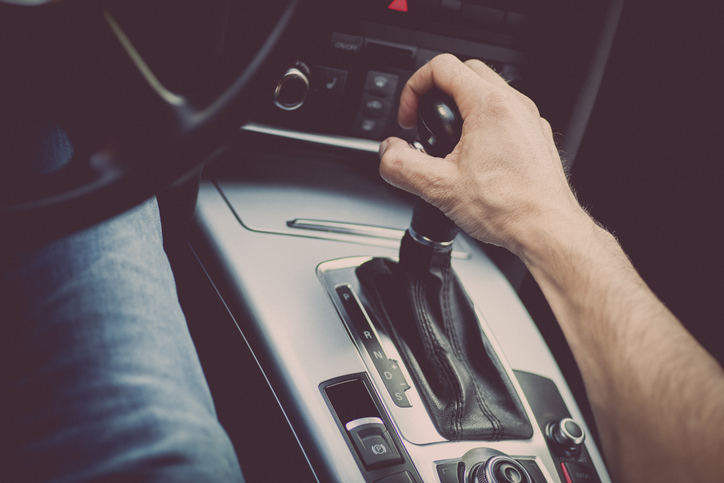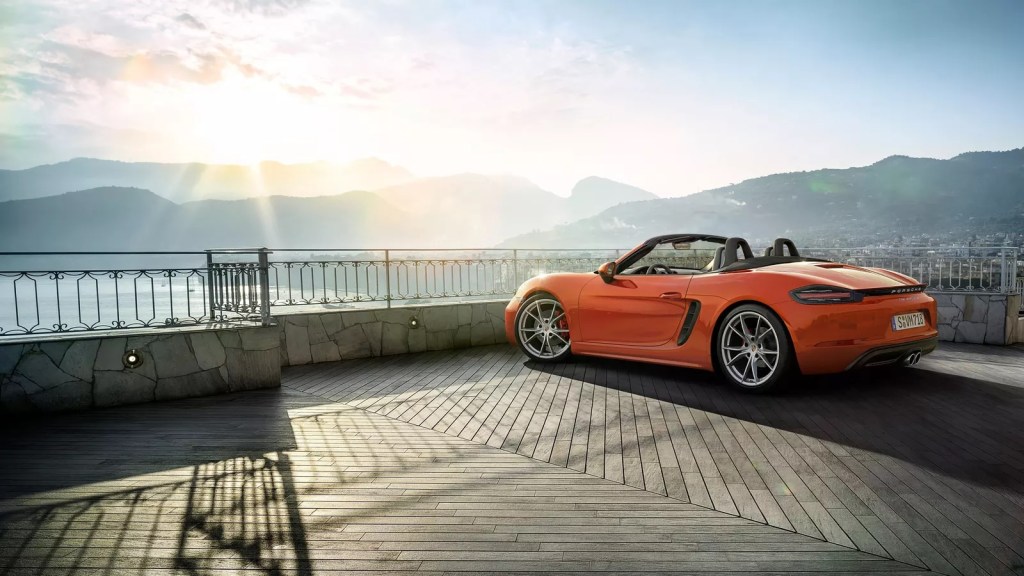
What is a Dual-Clutch Transmission?
When car shopping, it’s important to know everything you can about a car. And while it’s hard to keep all of the technical stuff in mind when looking at a multitude of cars, important parts like the transmission is a good thing to understand. Nowadays, you might notice that a lot of cars use a dual-clutch automatic transmission (DCT). But what is a dual-clutch transmission?
A simple explanation
Trust us, the technical components of a car can get downright confusing to understand and we know that most people might not even care too much. But for those who do, here is the easiest way to explain what this special transmission is.
Think of a regular manual transmission, which uses a single clutch operated by the driver. When it comes to shifting the gears in that transmission, the driver steps on the clutch to disengage the gears and shift to the next gear (either higher or lower). This transition in shift times not only causes rougher driving dynamics, but it also creates a slight delay when shifting gears. A DCT just about eliminates all of that.
The DCT uses two clutches to shift the gears automatically. One clutch is for the even gears and the other is for the odd gears. Keep in mind that the clutch is a mechanical part that disconnects the engine from the transmission when shifting gears, so having two of them means that the system will automatically have the next gear ready to engage when shifting up or down the gears. The result is the smoothness and easiness of an automatic transmission and the shifting speed of a manual.
What are the disadvantages?
While a dual-clutch transmission does shift smoother than a manual transmission, it typically won’t shift as smooth as a traditional automatic transmission with planetary gear sets. So you might still feel a slight hesitation between shifts. Also, it’s tough for engineers to put more gear ratios in a DCT, as most that you’ll find are 6 or maybe 7-speed dual-clutch transmissions. You may have noticed as of late that regular automatic transmissions have as many as 10 gears (or speeds) in them.
What are the advantages?
The main advantage of having a dual-clutch transmission is the speed in which it shifts. For high-performance cars like some Audis, Porches, and even Volkswagens, shifting to the next gear smoothly and as quickly as possible provides the best performance.
As such, the typical shift times for a dual-clutch transmission can range from 8 milliseconds (ms) to 100 ms depending on the manufacturer and application. For reference, the human eye typically takes 100 ms to blink.
The other advantage is fuel economy. Regular automatics are connected to a torque converter, which is then connected to the engine. The DCT, however, is connected directly to the engine, so there are fewer moving parts, which equates to better fuel economy figures.

The best of both worlds
In summary, the dual-clutch transmission offers the best of both worlds. It provides the quicker shifting of a manual gearbox without the need for a third pedal and the smoothness of an automatic transmission, without the extra moving parts. Shifting the DCT is typically done through steering wheel-mounted paddles or the shift lever on the center console.
So, the next time you go car shopping, don’t forget to look at the “transmission” section of the window sticker see what the car has, you might just be able to impress the salesperson with your newfound knowledge.



